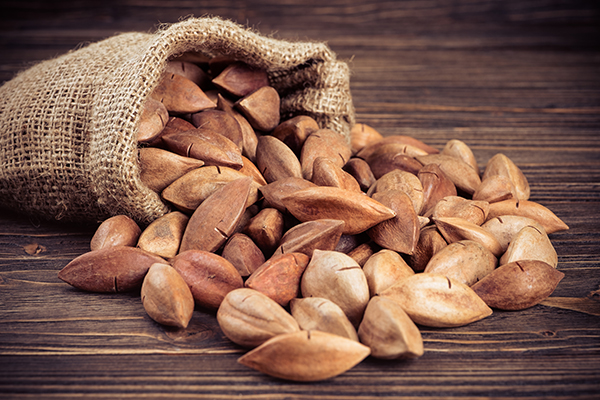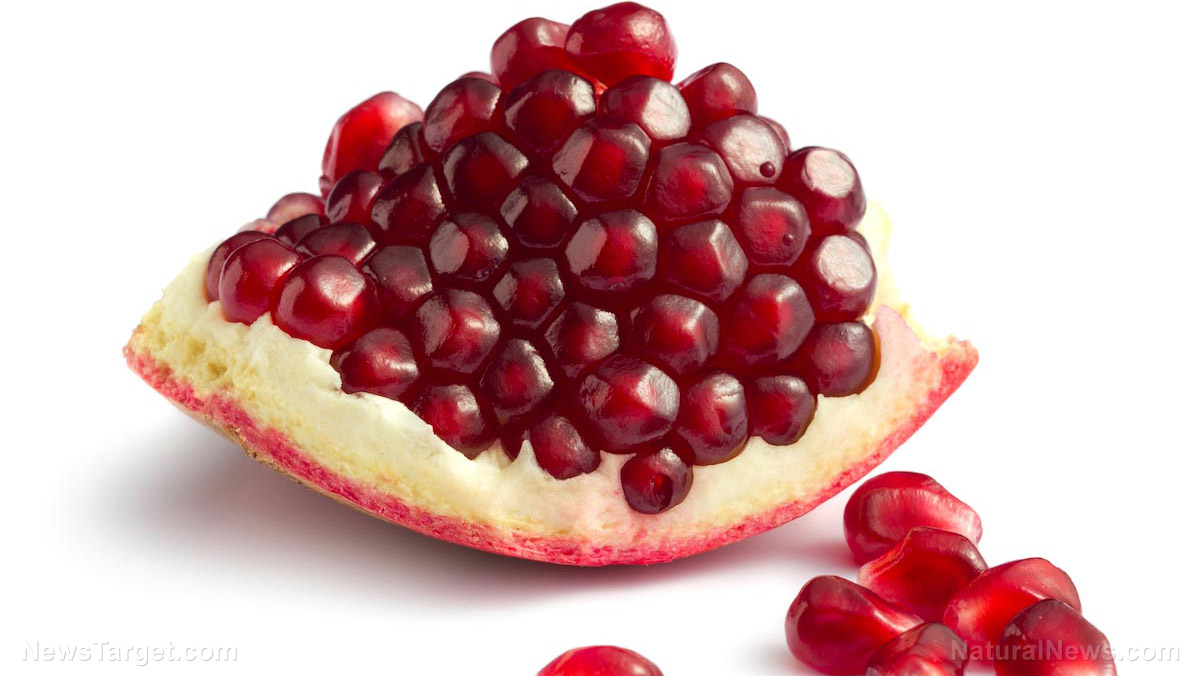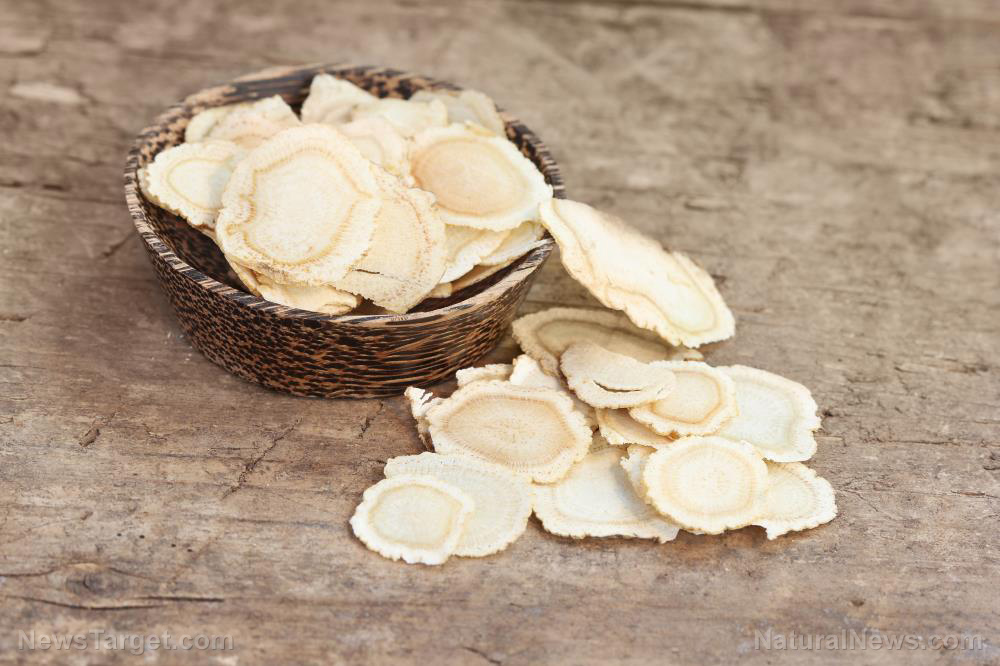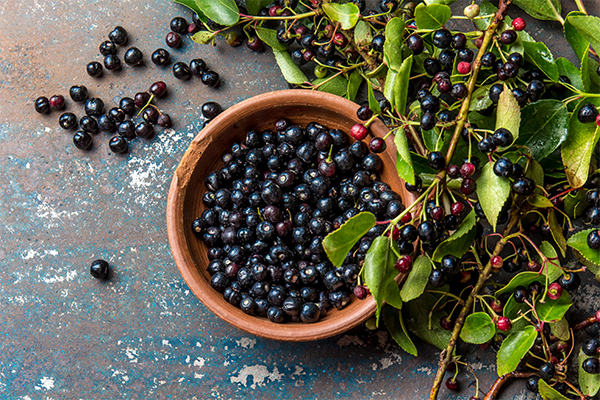Pili nuts, grown as food in the Philippines, may be the next keto-friendly superfood
10/14/2019 / By Darnel Fernandez

When people think about nuts, almonds, macadamia nuts, pistachios, cashews, and pecans usually come to mind. These nuts are already established superfoods and are worth adding to a healthy diet. But have you ever heard of the pili nut?
Pili nuts are derived from the pili tree (Canarium ovatum), a tropical tree native to maritime Southeast Asia and Northern Australia. These nuts are primarily cultivated in the Philippines and grow in volcanic soil, which is naturally fertile and nutrient-rich so it eliminates the need for chemical fertilizers.
Pili nuts are also some of the healthiest nuts in world as they’re high in fats but low in carbs. And because ketogenic diets mainly consist of these types of food, pili nuts are great additions to a keto diet.
Pili nutritional facts
Data from the U.S. Department of Agriculture show that pili nuts are great sources of healthy fats, vitamins, minerals, and antioxidants. A one-ounce serving (28.35 grams, g) of pili nuts also provides:
- Protein – 3.06 g
- Calories – 204 kcal
- Carbohydrate – 1.13 g
- Total fat – 22.6 g
It’s worth noting that the protein content of pili nuts is almost three times its carbohydrate content. Compared with other popular nuts like macadamia nuts and almonds, pili nuts also have the least amount of carbs. The same serving of macadamia nuts provides 3.92 grams of carbs while almonds contain 6.11 grams per ounce.
In terms of micronutrients, pili nuts have the highest amount of magnesium of any nut in the world. Pili nuts contain 85.6 milligrams of magnesium per ounce. This is equivalent to 21 percent of the recommended daily value (RDV) for magenesium. Magnesium is needed by the body to regulate blood sugar.
A healthy nut for any diet
Nuts are often consumed as snacks, but they can also be eaten to improve health. Pili nuts can be considered a superfood thanks to the many health benefits they provide, the best of which are listed below. (Related: Chewing areca nut can prevent cancer.)
Rich in antioxidants
Pili nuts contain antioxidants that help decrease the risk of chronic diseases and protect the body from free radicals.
According to researchers from the Philippines, eating processed pili nuts can also increase blood antioxidant levels. This is particularly noteworthy as heating foods tend to eliminate or reduce their antioxidant content.
Promotes heart health
Pili nuts are fantastic sources of omega-3 fatty acids, which help reduce inflammation and improve blood circulation. Pili nuts are also high in oleic acid, which help reduce blood pressure.
Aids digestion
Pili nuts are exceptionally good at improving digestion and gastrointestinal health. Like most nuts and seeds, pili nuts are rich in fiber that stimulates the digestive tract and helps prevent constipation and hemorrhoids. Fiber also slows the absorption of sugar from food, which helps prevent blood sugar levels from rising after meals.
Improves bone health
As bone density declines with age, meeting the recommended daily intake for certain nutrients becomes increasingly important to maintain healthy bones. Pili nuts contain zinc, calcium, copper, magnesium, and manganese, which are all essential for the development of healthy bones and muscles.
With all these health benefits, pili nuts may be the next best keto-friendly superfood available on the market. Incorportate pili nuts into your daily diet by snacking on them or by adding them to various dishes.
Looking for more foods that are good for your health? Visit Superfoods.news.
Sources include:
JAPI.org [PDF]
Submit a correction >>
Tagged Under:
aging secrets, almonds, antioxidants, blood pressure, blood sugar, bone development, bone health, Canarium ovatum, carbohydrates, clean food, dietary fiber, Diets, digestion, digestive health, food cures, food is medicine, functional food, grocery cures, healthy fats, healthy snacks, heart health, inflammation, keto diet, keto-friendly, ketogenic diet, low-carb foods, macadamia, Magnesium, minerals, natural cures, natural medicine, nutrients, nuts, oleic acid, omega-3 fatty acids, pili nuts, prevention, protein, slender
This article may contain statements that reflect the opinion of the author
RECENT NEWS & ARTICLES
BloodSugar.News is a fact-based public education website published by Blood Sugar News Features, LLC.
All content copyright © 2018 by Blood Sugar News Features, LLC.
Contact Us with Tips or Corrections
All trademarks, registered trademarks and servicemarks mentioned on this site are the property of their respective owners.





















